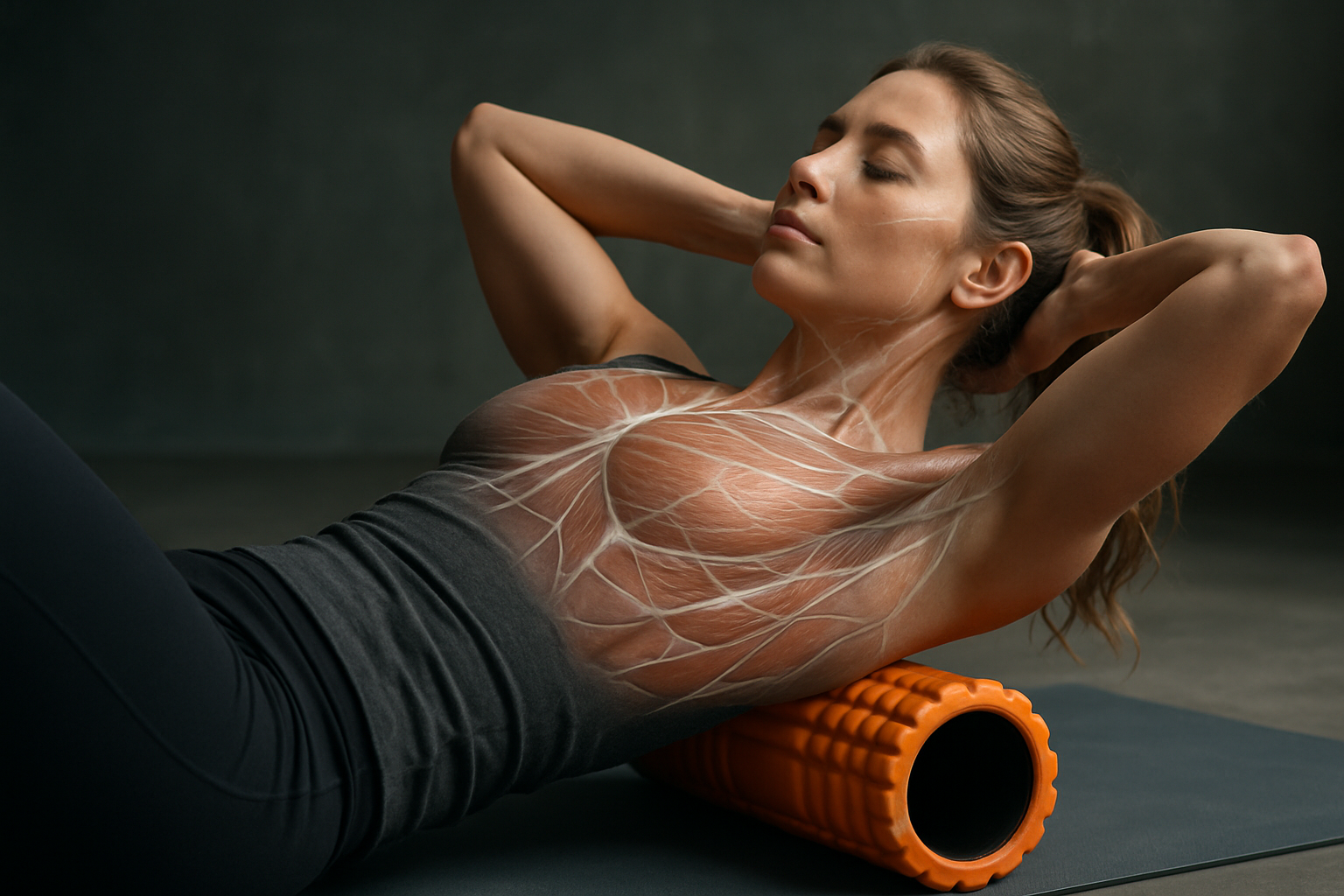Non-Surgical Alternatives to Surgical Post-Baby Body Reshaping
After pregnancy, many people seek ways to restore pre-pregnancy contours without surgery. This article explores evidence-based, non-surgical options for postpartum body reshaping, including energy-based devices, targeted exercise, nutrition strategies, and realistic expectations for results and recovery.

After childbirth, bodies can change in ways that affect shape, skin quality, muscle tone, and self-image. Non-surgical approaches aim to address excess fat, skin laxity, weakened abdominal muscles, and breast shape without incisions. These options range from devices that reduce fat or tighten skin to focused rehabilitation, nutrition adjustments, and injectables. Understanding realistic outcomes, timelines for recovery, and how non-surgical methods compare to procedures like abdominoplasty or liposuction helps people choose safe, practical steps for their postpartum goals.
How can postpartum-focused treatments help body changes?
Postpartum treatments consider diastasis recti, changes in breast size and position, and localized fat that does not respond to standard diet and exercise. Non-surgical care starts with conservative measures: pelvic-floor and core rehabilitation with a qualified physiotherapist, progressive strength training, and nutrition tailored to recovery and, if applicable, breastfeeding. These foundational steps improve function and appearance and are often required before pursuing energy-based or aesthetic treatments. Combining rehab and lifestyle changes with targeted therapies yields the most durable, natural-looking improvements.
What non-surgical bodycontouring options are available?
Body contouring without surgery includes cryolipolysis, laser lipolysis, radiofrequency and ultrasound skin tightening, and electromagnetic muscle stimulation. Cryolipolysis (fat-freezing) and laser-based systems reduce localized fat over several sessions, while radiofrequency and ultrasound can stimulate collagen production to firm mild-to-moderate skin laxity. Electromagnetic devices can increase muscle tone and reduce abdominal separation in some cases. Each treatment has specific indications and limitations: none remove large volumes of excess skin or fat like abdominoplasty or liposuction, but they offer incremental improvements with minimal downtime.
How do non-surgical choices compare to abdominoplasty and liposuction?
Abdominoplasty and liposuction are surgical solutions for extensive skin excess, significant muscle laxity, or large-volume fat removal; they provide immediate, dramatic contour changes but involve anesthesia, scarring, and longer recovery. Non-surgical approaches are less invasive, safer for people who prefer to avoid surgery, and often more suitable for small-to-moderate concerns. Expectations should be calibrated: non-surgical treatments typically require multiple sessions, yield subtler results, and may need maintenance. Discussing goals with a qualified clinician helps determine whether non-surgical care can meet expectations or if surgical correction remains the most appropriate option.
Can non-surgical methods address breast changes after pregnancy and breastfeeding?
Non-surgical breast treatments focus on volume and skin quality rather than lifting significant ptosis. Hyaluronic acid fillers and fat grafting (minimally invasive rather than fully non-surgical) can restore small amounts of volume. External energy treatments can improve skin texture but cannot replace a surgical breastlift for pronounced sagging. Supportive bras, targeted chest-strengthening exercises, and nutrition to support tissue health play a meaningful role in perceived breast shape. For many people, a combination of conservative measures and targeted non-surgical procedures offers modest, natural-looking enhancement.
What should I expect for recovery and scarring with non-surgical treatments?
Recovery time for non-surgical procedures is generally brief: most people return to normal activities within a day or two. Mild swelling, bruising, numbness, or tenderness may occur depending on the method. Because there are no large incisions, scarring risk is minimal compared with surgical options. However, achieving results often requires multiple sessions spaced weeks apart, and some technologies can cause temporary side effects. Clear pre-procedure counseling about expected timelines, follow-up care, and realistic outcomes reduces dissatisfaction and supports safer choices.
Financing and real-world cost insights
Costs for non-surgical body reshaping vary by treatment type, region, provider expertise, and the number of sessions required. Many clinics offer package pricing or financing plans for multiple sessions. When evaluating cost, consider total treatment course, possible maintenance sessions, and whether complementary services (physiotherapy, nutritional counseling) are included. Below is a comparison of common non-surgical options and typical cost ranges observed in clinical and consumer-facing sources.
| Product/Service | Provider | Cost Estimation |
|---|---|---|
| Cryolipolysis (fat-freezing) | CoolSculpting (Allergan) / generic clinics | Typical range: $700–$2,500 per area/session |
| Laser lipolysis / non-invasive laser fat reduction | SculpSure (Cynosure) / clinic systems | Typical range: $600–$1,500 per area/session |
| Electromagnetic muscle stimulation | Emsculpt (BTL) / similar devices | Typical range: $750–$2,000 per treatment area/course |
| Ultrasound skin tightening | Ultherapy (Merz) / clinic devices | Typical range: $1,000–$4,000 per treatment area |
| Radiofrequency skin tightening | Thermage (Solta) / multiple brands | Typical range: $500–$3,000 per session |
Prices, rates, or cost estimates mentioned in this article are based on the latest available information but may change over time. Independent research is advised before making financial decisions.
How do nutrition and exercise fit into non-surgical plans?
Nutrition and tailored exercise remain central to lasting results. A balanced, protein-rich diet supports tissue repair and collagen synthesis, while gradual, progressive resistance training rebuilds muscle strength and addresses diastasis recti safely. Cardiovascular exercise supports overall fat reduction, but localized fat loss is not guaranteed. Working with a registered dietitian and pelvic/core physiotherapist ensures programs that respect postpartum recovery timelines and, where relevant, breastfeeding considerations.
Conclusion
Non-surgical alternatives offer a spectrum of options for people looking to improve post-baby body shape without surgery. While they generally produce more modest results than abdominoplasty or liposuction, combining rehabilitation, sound nutrition, targeted exercise, and appropriate energy-based or minimally invasive therapies can yield meaningful improvements with shorter recovery and minimal scarring. Careful consultation with qualified providers will help match individual goals to the safest and most effective approach.





